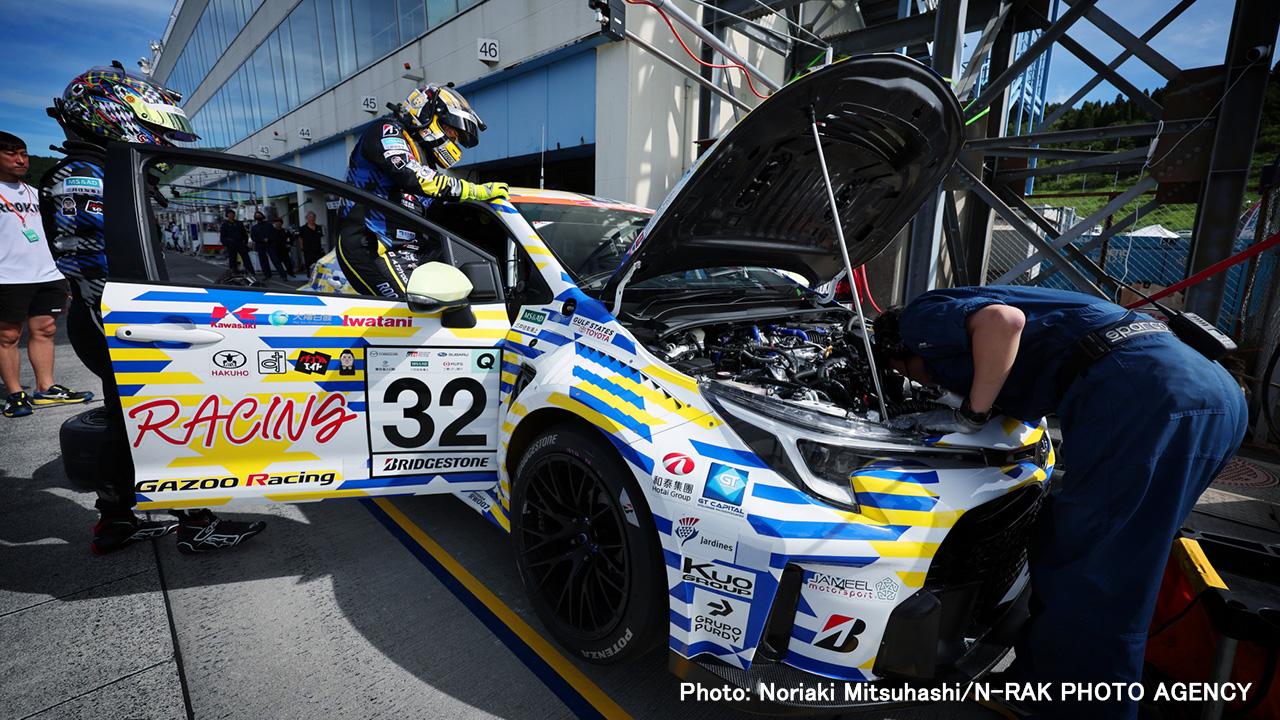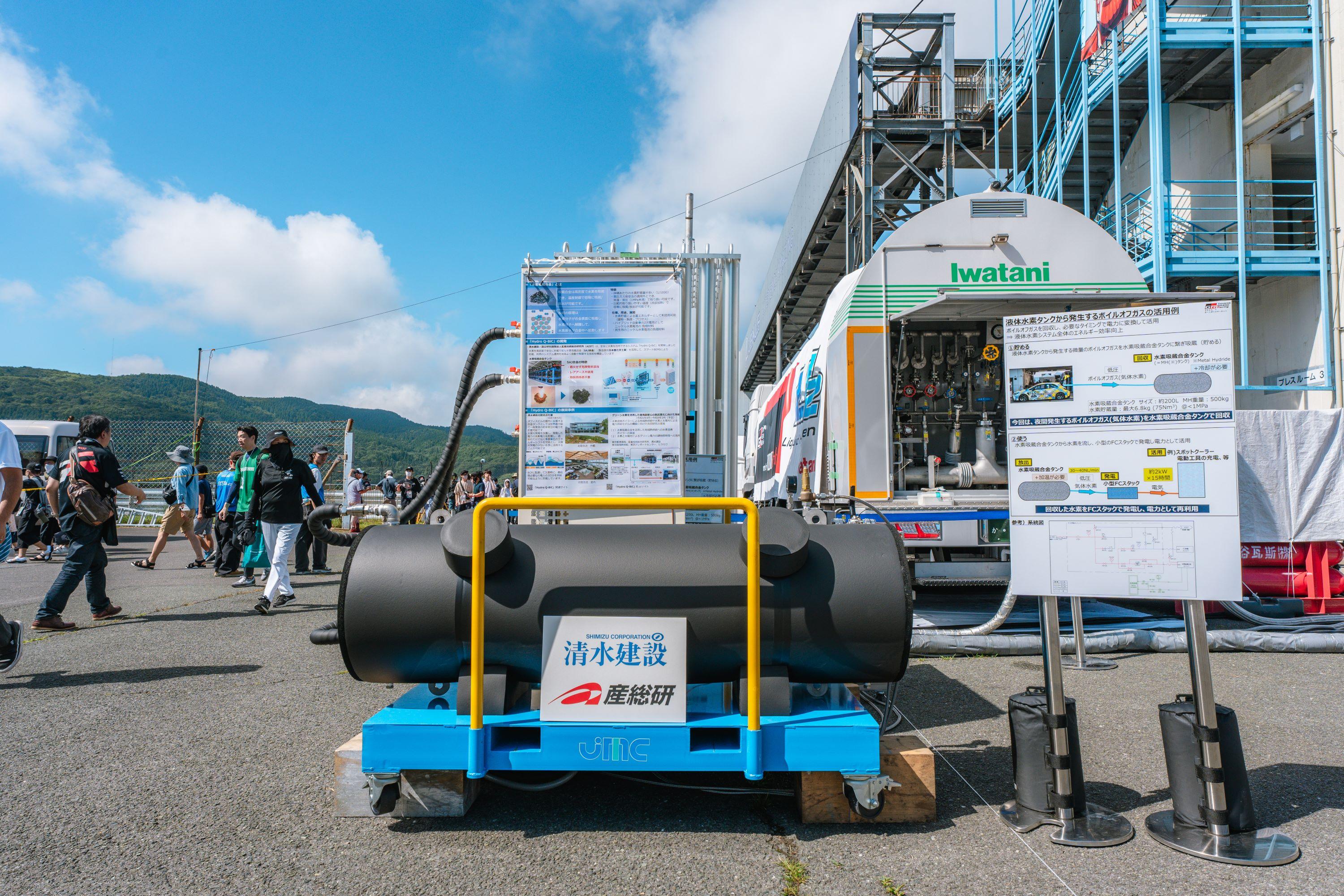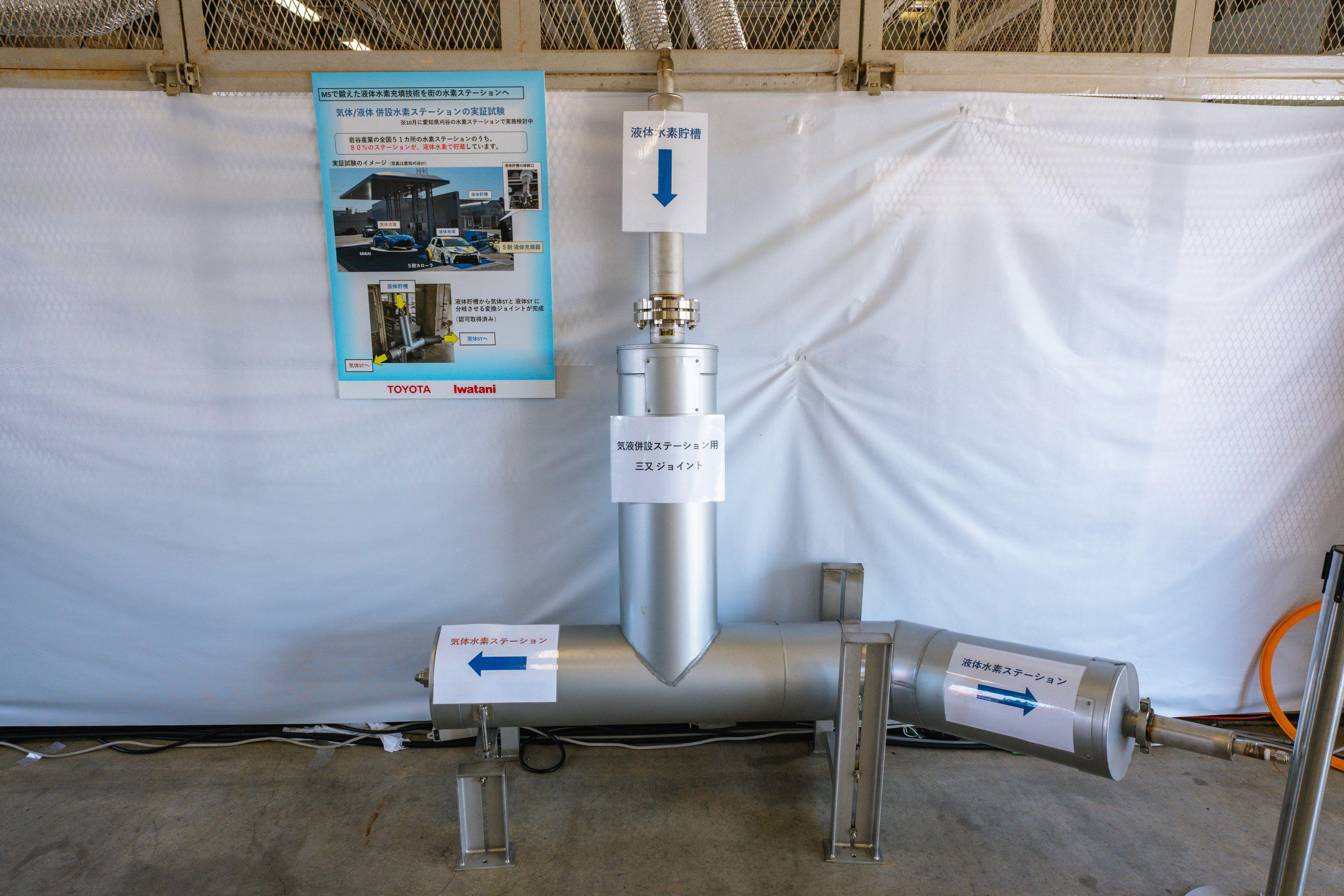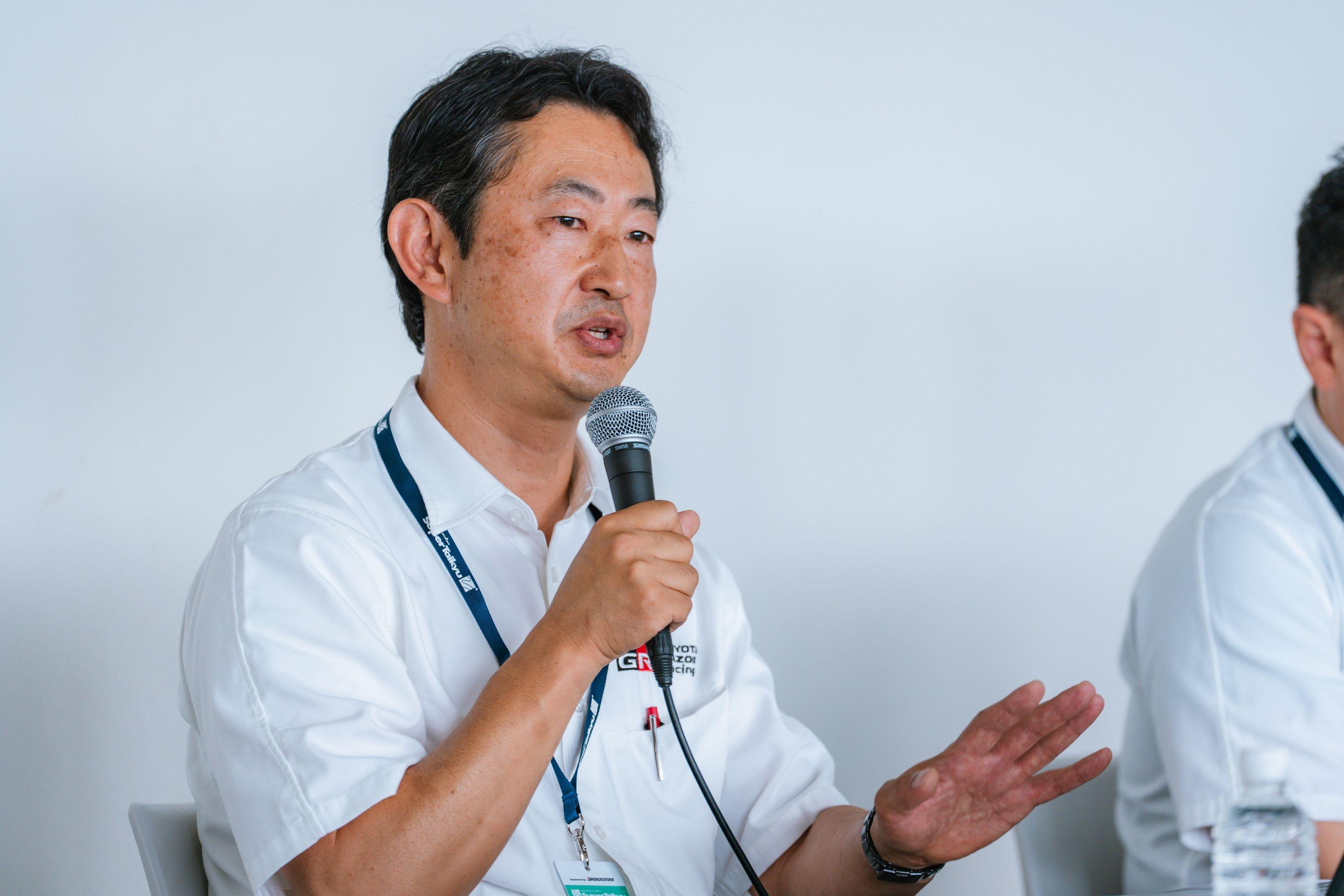
It's not just about honing cars but drawing us closer to a hydrogen society. Toyota Times brings you the latest hydrogen updates from the racetrack, including new technologies headed for public trials and new friendships being built around the world.

For Round 3, the 2024 ENEOS Super Taikyu Series Empowered by BRIDGESTONE headed to Autopolis in Hita (Oita Prefecture), with the main race held on July 28.
ROOKIE Racing’s #32 car, the liquid hydrogen-powered Corolla, had to pull out due to a power system issue not directly related to its hydrogen fuel.
The team was eager to make a strong return after brake problems forced an extended stop in the pits at the previous race at Fuji Speedway in May, but it wasn’t to be.
On the track, Toyota’s engineers have faced a string of frustrations, with their efforts failing to translate into results.
Stepping back to take a wider view, however, we can see multiple hydrogen-related projects up and running.
Since Toyota first raced a hydrogen-engine vehicle in 2021, efforts to create a hydrogen society have continued to expand. We checked on the progress in various areas, including new hydrogen storage and refueling technologies, growing friendship networks around the world, and joint trials with local governments.
Alloys prevent energy loss
To put Fuji behind them, the team laid out two key aspects to be tested in this race: extended range and improved pump durability.
During last season’s 5-hour race at Autopolis, the car needed six loads of hydrogen fuel. This time, the switch to an elliptical tank has boosted capacity by half, making it possible to complete the race on four refuels.
As for the pump—the trickiest component in a liquid-hydrogen setup—the team had set a goal of “24 hours without replacement” and continued to run development tests to make up for the time lost at the Fuji 24-hour race. Cumulatively, they reached their target before heading to Round 3.
At Autopolis, the car retired before the two key points could be verified, so they will remain on the agenda for next time.
Alongside such technologies impacting race performance, two more liquid hydrogen-related advancements were unveiled.
One is hydrogen-absorbing alloys. These alloys contain metals that readily absorb hydrogen, making it possible to collect vast amounts of gaseous hydrogen without requiring high pressures.

One difficulty with liquid hydrogen is dealing with boil-off, hydrogen that is vaporized by exposure to heat sources, natural or otherwise.
To store hydrogen as a liquid, it must be kept at an ultra-low -253℃. With current technology, however, heat inevitably enters the system, including at the connection between the pump and tank.
Until now, hydrogen that boiled off while the car was stationary was recovered through ducts and vented from a chimney at the refueling station, resulting in a loss of energy.
This time, the team tried storing the recovered hydrogen in absorbent alloys. From there, FC stacks were used to generate electricity that was used to cool the pits and paddock during the day.
Such approaches are already being used in residential and office buildings. The ability to store hydrogen at high densities without requiring high pressures offers benefits in both safety and energy efficiency.
Refueling liquid hydrogen with existing infrastructure
Another item showcased at the racetrack was a branching device that enables a typical hydrogen station to supply the fuel in both liquid and gaseous forms.

The system was developed by Iwatani Corporation. Of the company’s 51 hydrogen stations around Japan, 80% store hydrogen as a liquid that is then vaporized and pressurized to refuel vehicles.
By connecting the branching unit above with refueling equipment used by the liquid-hydrogen Corolla, an ordinary station can fill cars with either gaseous or liquid hydrogen. The device itself is simple, compact, and does not require any reconfiguring of infrastructure.
“In developing the liquid-hydrogen Corolla’s refueling system, we envisioned it one day being used at urban stations,” says Project General Manager Naoaki Ito (GR Vehicle Development Division), who oversees the hydrogen engine project. “If we develop something specifically for racing, the specs would differ from ordinary stations, which goes against what we are trying to do.”

Even in racing, Toyota’s sights are always set on creating a hydrogen society.

